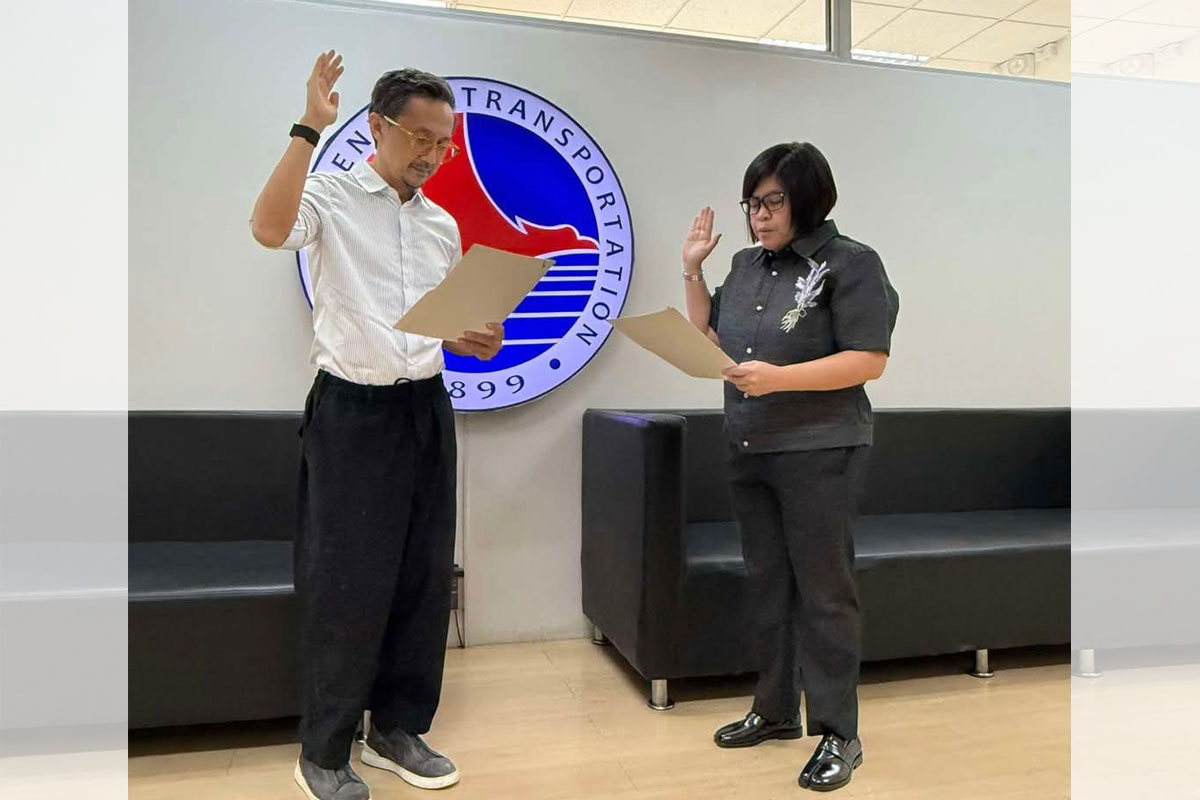
Construction of NMIA in Bulacan in full swing
THE Department of Transportation (DOTr), led by Transportation Secretary Jaime Bautista, is closely monitoring developments in the P735-billion New Manila International Airport (NMIA), which is now rising in the province of Bulacan.
Bautista on Saturday joined other transport officials in conducting an inspection of the new international airport’s build site in Bulakan town as construction of the country’s largest and most “sophisticated gateway” goes full swing.
Land development works are now being done at the airport’s 1,693-hectare site, which is located 35 kilometers north of Metro Manila. DOTr is working closely with the concessionaire in ensuring compliance with relevant laws, rules and regulations, especially on environmental and social impact requirements, all throughout the pre-construction and construction periods.
Work on the NMIA officially started on September 18, 2019, when the government, through the DOTr, signed a concession agreement with San Miguel Aerocity Inc. (SMAI), a wholly-owned subsidiary of San Miguel Holdings Corp., and the infrastructure arm of San Miguel Corporation.
The DOTr and the SMAI are working together to ensure that the project complies with environmental protection requirements, particularly flood mitigation, and that a proper environmental and social impact assessment (ESIA) is conducted during the construction phase.
Also joining the DOTr chief in the inspection of the airport construction site was San Miguel Corporation (SMC) President and CEO (Chief Executive Officer) Ramon Ang.
Bautista is assuring stakeholders of the new international airport that the gateway will soon be open for business. Operations at the new gateway are targeted to start in 2027.
Once built, the new international airport will be fully owned by the government under a “build-operate-transfer” (BOT) program.
Once operational, the new gateway will not only help decongest the Ninoy Aquino International Airport (NAIA) as the capital’s main gateway but will also be a “game changer” and catalyst of economic growth in Central Luzon.
Phase 1 of the airport will have a capacity of 35 million passengers per annum, is expected to generate more than 1 million jobs, and rake in increased foreign direct investments and higher exports.
Under the 50-year concession agreement, SMAI will undertake the financing, design, construction, supply, completion, testing, commissioning, and operation and maintenance (O&M) of the new international gateway.
With a design capacity of up to 100 million passengers annually and plans for four parallel runways, the New Manila International Airport is expected to help decongest the NAIA and enable the airports in the Greater Capital Region (Metro Manila and nearby provinces) to meet forecast passenger demand.


















